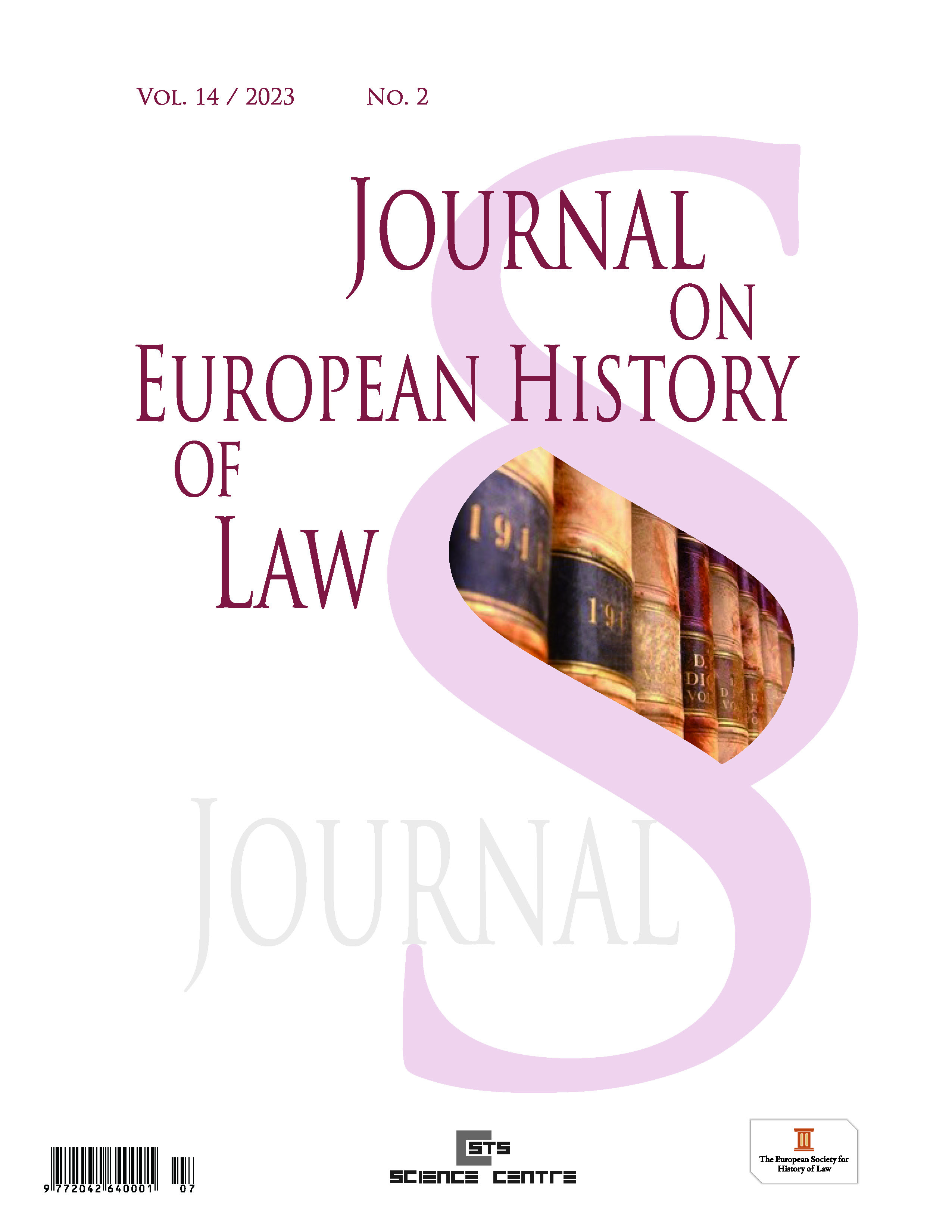The Constitutional Development of Transylvania
The Constitutional Development of Transylvania
Author(s): Csaba CSERVÁKSubject(s): History, Law, Constitution, Jurisprudence, History of Law
Published by: Evropská společnost pro právní dějiny, z.s.
Keywords: Historical Constitution; province of Transylvania; junior king; ispán; Voivode of Transylvania; governor; Austro-Hungarian Compromise;
Summary/Abstract: There is an interesting dichotomy between the Hungarian Historical Constitution and the former “province of Transylvania”. On one hand, Transylvania was an inseparable part of the once-was Hungarian state. On the other hand, in the period of the “country torn into three parts”, according to some approaches, Transylvania embodied and represented the independent Hungarian state. During the reign of powerful princes, such as Gabriel Bethlen and George (György) Rákóczi I., Transylvanian power waxed, while the weak tenures of Sigismund Báthory, Gabriel Báthory and George (György) Rákóczi II. it waned, their unfoundedly great ambition brought to ruin the realm. In 1848, one of the principal demands of the Hungarian revolutionaries was the official, legal unification of Transylvania with the rest of Hungary, and it was was proclaimed through the April Laws of the same year The existence of a separate ispán title for the Szeklers was a symbol of their autonomy, and its frequent conjoining to the voivode title was a source of importance and pride. John Zápolya died in 1540, and this Lesser Hungary, made up of a slightly enlarged Transylvania, was then governed by Dowager Queen Isabella and their son, John Sigismund Zápolya.
Journal: Journal on European History of Law
- Issue Year: 14/2023
- Issue No: 2
- Page Range: 97-103
- Page Count: 7
- Language: English

